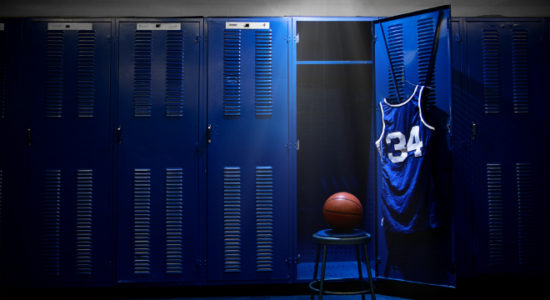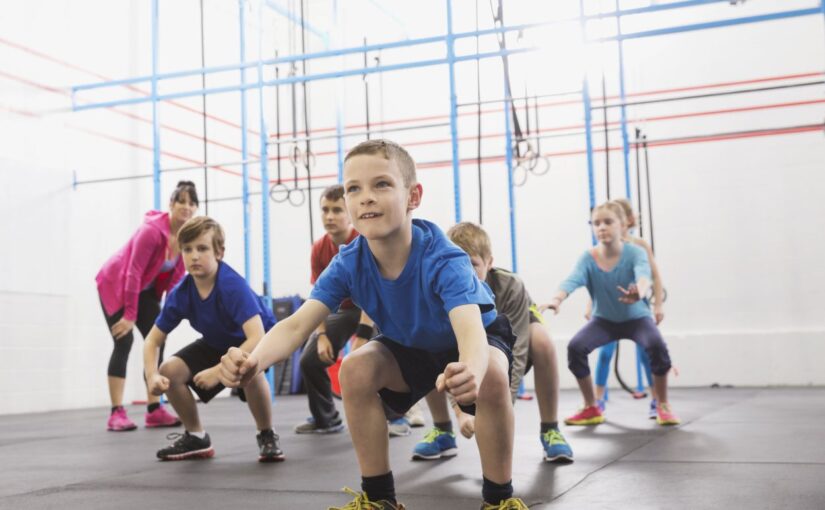6 tips to keep your athletic facilities sanitary
Very few people actually enjoy cleaning their athletic facilities, but it’s one of the most essential responsibilities for schools to keep athletes and coaches free of diseases that could be lurking.
Here are some suggestions to help everyone in your program stay healthy.
1. Protect your skin.
 When an athlete suffers a cut or infection, it’s crucial that it be addressed to prevent potential diseases from affecting others in the program. Athletes often view minor cuts or abrasions as common injuries, and while that may be the case (especially in contact sports), that doesn’t mean it should go unaddressed.
When an athlete suffers a cut or infection, it’s crucial that it be addressed to prevent potential diseases from affecting others in the program. Athletes often view minor cuts or abrasions as common injuries, and while that may be the case (especially in contact sports), that doesn’t mean it should go unaddressed.
The Centers for Disease Control and Prevention (CDC) recommends athletes wear protective gear that can minimize gashes or scrapes. Then, cover the area with a dry bandage or anything else recommended by the athletic trainer.
2. Do not share materials.
Towels, shirts, razors or anything else that has direct contact with the skin should not be shared with other athletes. This can be one of the quickest ways to spread diseases throughout your team.
The CDC also suggests that athletes do not share ointments that are applied by placing hands into an open container. And when sitting on a bench or chair, especially when it comes to equipment in the weight room, use a towel as a barrier between your skin and the surface.
3. Make sanitation wipes, sprays available.
Next time you’re in the locker room or weight room, take a mental note of how readily available disinfectant wipes or sprays are throughout the facility. Athletes are not going to clean surfaces after use if they’re forced to go search for the spray and a towel.
It’s best to keep sanitation stations throughout your facilities, preferably in places where athletes or coaches congregate most.
4. Use proper cleaning supplies.
Detergent-based cleaners that are EPA registered should be available at all times. This type of cleaner kills MRSA and other fungal diseases. Stay away from bleach-base cleaners because it irritates skin and aggravate symptoms of asthma. Fresh towels or paper towel should also be available to wipe down machines, benches and other equipment.
5. Educate athletes, staff about cleaning protocols.
Different machines have different cleaning instructions. Some machines tolerate being directly sprayed with cleaner. Other machines, typically those with built-in electronics, have more delicate cleaning instructions. Hanging signs in athletic facilities is a great way to remind users to clean machines as well as identify the proper instructions for machines requiring special attention.
It’s also important that your athletic department invest in equipment that’s adequately suited to disinfect apparel. Sports Laundry Systems sells washers and dryers specifically designed with athletic apparel in mind, so they’ll do a better job than the average units.
6. Maintain regular janitorial cleanings.
Having athletes and staff take part in the everyday maintenance of facilities is a great way to prevent the spread of disease, but janitorial personal take it one step further. They deep clean the facilities and have the tools to clean larger areas like floors, showers and bathrooms. Set up a schedule and adjust it depending on the amount of traffic the facility gets.
Making this a habit may be difficult at first. Some athletes might resist, and others might forget. So, give them the facts about the diseases are spread through athletic facilities. Most importantly, remind them that these are simple steps that keep everyone in the game.





